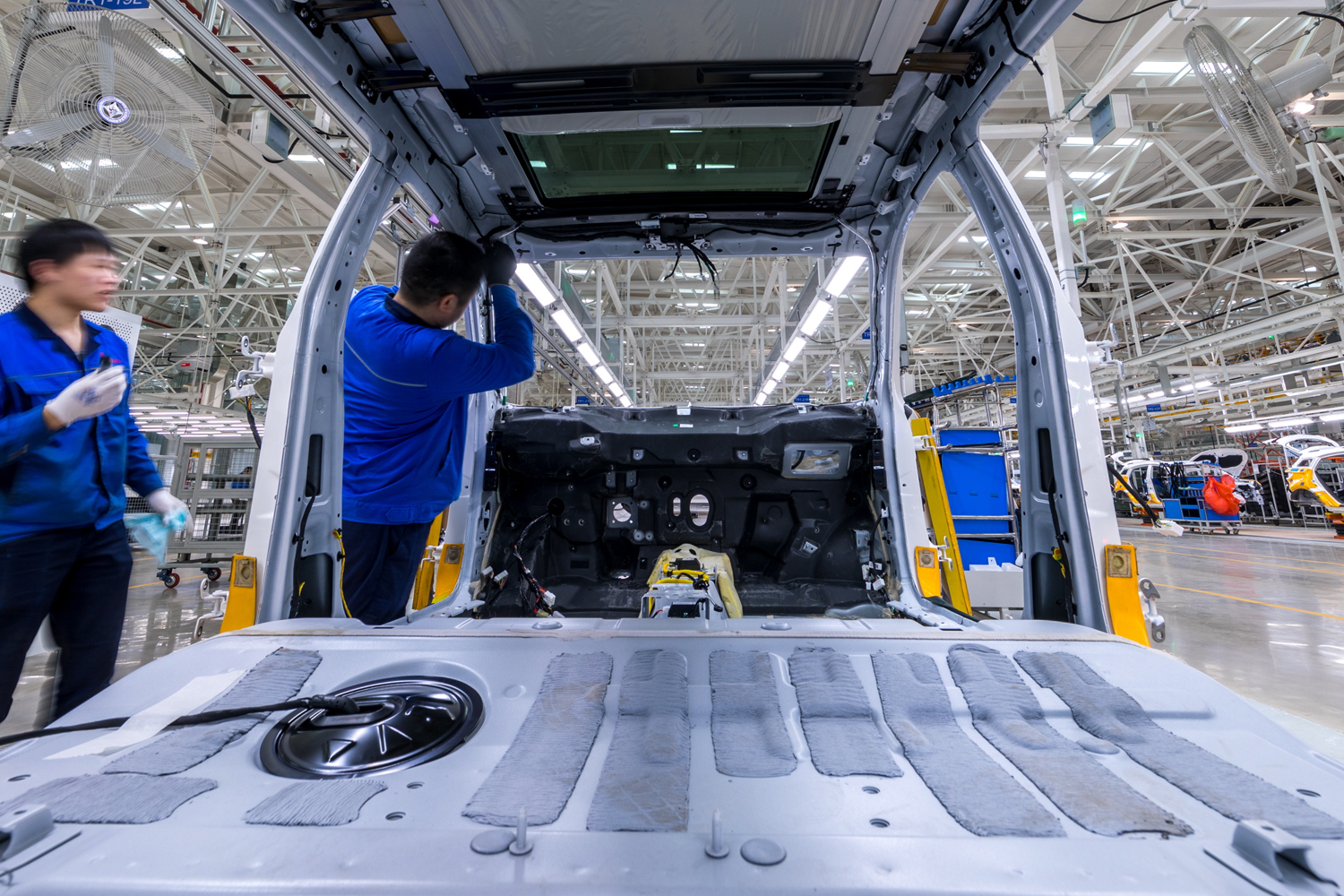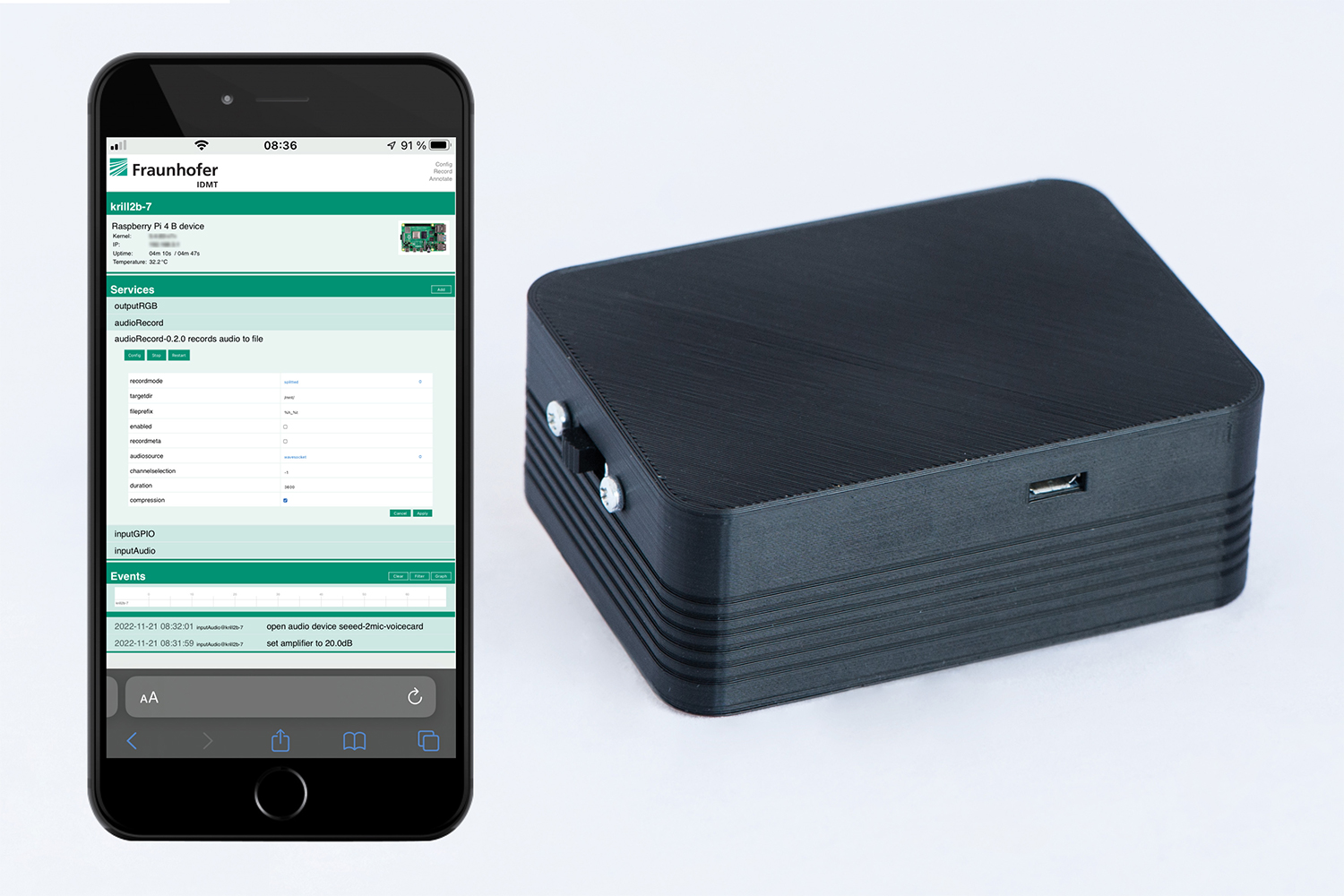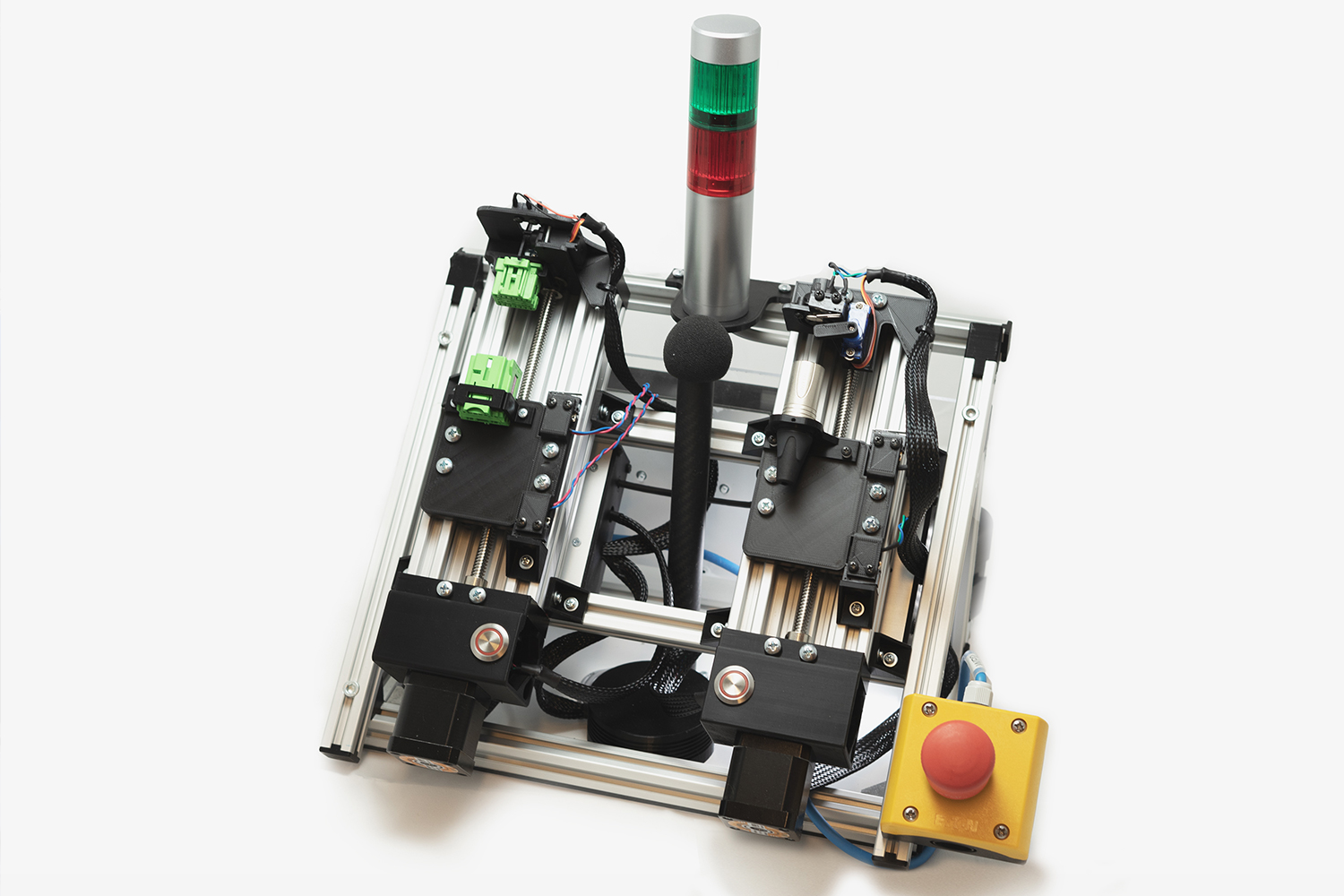Click: Reliable detection of plug-in connections
Manufacturers often rely on practical plug connections during the production of automobiles. However, time and money are wasted if an incorrectly plugged-in connection goes unnoticed. The Fraunhofer Institute for Digital Media Technology IDMT in Oldenburg has therefore developed a solution. An audio-based technology analyzes the clicking noise that is generated when a connection is plugged in. Should a connection fail to click into place, employees or the »colleague robot« will be alerted via an error message. This technology will be presented for the first time with a practical demonstration at the Hannover Messe Preview on February 15, 2023.



When it comes to modern industrial production, particularly in the automotive industry, many connections between individual components are no longer screwed, glued or welded, but are instead held together by plug connections. But are all these connections really plugged in correctly? Researchers from the Oldenburg Branch for Hearing, Speech and Audio Technology HSA at Fraunhofer IDMT are presenting a new way to check this at the Hannover Messe. An innovative test system detects whether parts are correctly connected based on the noise that occurs whenever they are plugged in. Microphones first record the noise, which is then analyzed by software algorithms. Finally, the system provides positive feedback or sends a warning if it has not clicked correctly. This will have benefits for both employees and automated robotic systems. A human can receive the feedback via acoustic, visual or even tactile means, for example via vibration. A robot then receives the necessary information directly from the sensor system.
»This technology addresses a common challenge in automobile assembly,« says Danilo Hollosi, head of Acoustic Event Detection. »Automobiles usually have several hundred connectors. If any one of these connections doesn't engage properly during production and it's not noticed until after the car has been delivered to the customer, then the car has to be returned for repair. That's frustrating for the owner, and the car manufacturers end up wasting time and money. Given the low margins in mass production, this turns into a serious problem.« This is where audio-based monitoring can help.
Innovative acoustic processes
The HSA team's audio technology revolves around sophisticated software algorithms. These can even isolate and analyze individual clicks within the noisy and dynamic environment of a factory floor.
This was a great challenge for the researchers since clicking noises often sound very similar. »We have been developing acoustic methods for noise detection and analysis for many years. Our system is now able to reliably differentiate and examine acoustic signals that are very similar to each other,« Hollosi explains. The specialists from Oldenburg have also further developed the noise reduction function so that ambient noise is effectively filtered out without impairing the signal quality of the click noise. Additional sensors can be added for an even more reliable detection, if required.
The test technology can be integrated into production in a number of ways. On one hand, it can be a component of the sensor system in the automated factory, for example, on the arm of a robot. On the other hand, a compact hardware box equipped with a microphone and an integrated mini PC for processing audio data could be installed at the respective workstation. But the microphone could also be integrated into a worker's work glove. »It could even be combined with a dedicated smartwatch,« Hollosi explains.
Customized audio monitoring for industrial customers
The system can be configured as desired and adapted to individual needs in the case of industrial customers. Not only does audio-based technology fit into the trend of using sensors to monitor manufacturing steps in production, making them safer and more reliable, but it also makes a noticeable difference in increasing efficiency and reducing costs. Customers are also pleased when their eagerly awaited car leaves the factory in perfect condition. The Oldenburg-based Fraunhofer IDMT will be presenting acoustic monitoring, sponsored by the Ministry of Science and Culture of Lower Saxony and the Volkswagen Foundation, at the Hannover Messe Preview on February 15, 2023.
Visitors can then experience the technology live at the Hannover Messe from April 17 to 21, 2023, at the Fraunhofer booth (Hall 16, booth A12) thanks to a demonstrator.
Hearing, Speech and Audio Technology HSA at Fraunhofer IDMT in Oldenburg
Founded in 2008 by Prof. Dr. Dr. Birger Kollmeier and Dr. Jens-E. Appell, the Fraunhofer Institute for Digital Media Technology IDMT’s Branch for Hearing, Speech and Audio Technology HSA stands for market-oriented research and development with a focus on the following areas:
- Speech and event recognition
- Sound quality and speech intelligibility
- Mobile neurotechnology and systems for networked healthcare
With in-house expertise in the development of hardware and software systems for audio system technology and signal enhancement, over 100 employees at the Oldenburg site are responsible for transferring scientific findings into practical, customer-oriented solutions.
Through scientific cooperation, the institute is closely linked to the Carl von Ossietzky University, Jade University of Applied Sciences, and the University of Applied Sciences Emden/Leer. Fraunhofer IDMT is a partner in the »Hearing4all« cluster of excellence.
The Oldenburg Branch for Hearing, Speech and Audio Technology HSA is funded in the program »Vorab« by the Lower Saxony Ministry of Science and Culture (MWK) and the Volkswagen Foundation for its further development.
Last modified:
 Fraunhofer Institute for Digital Media Technology IDMT
Fraunhofer Institute for Digital Media Technology IDMT